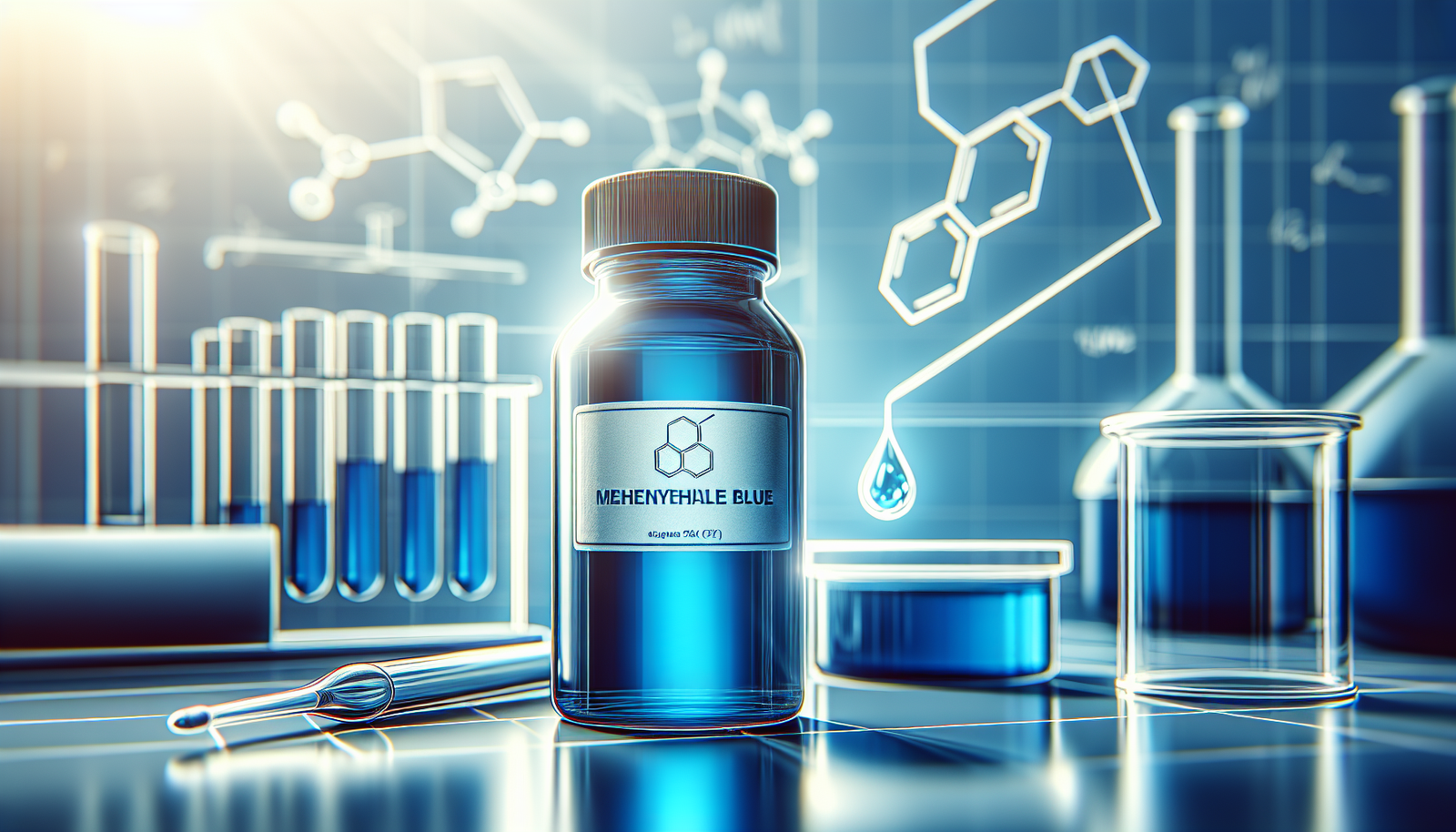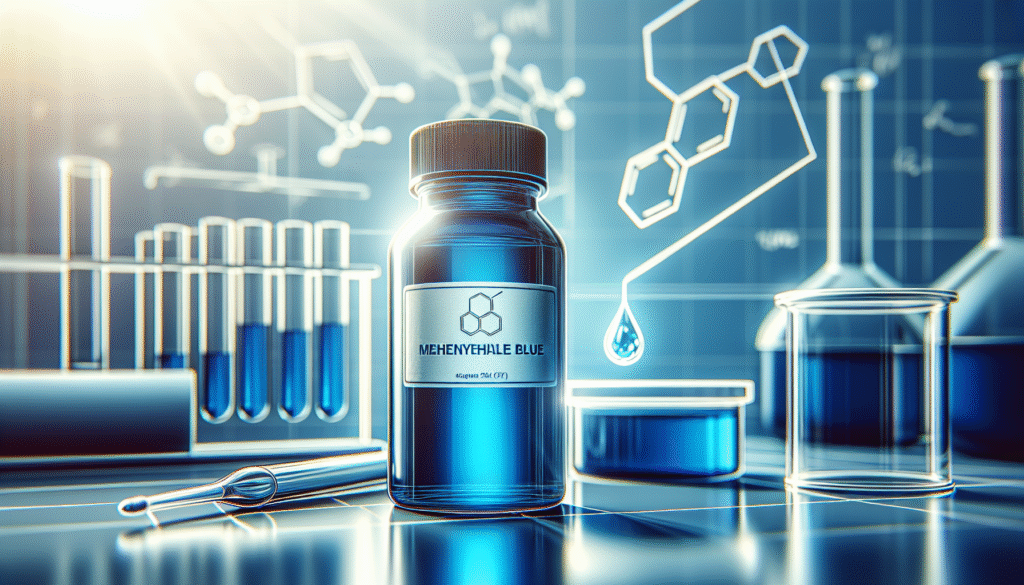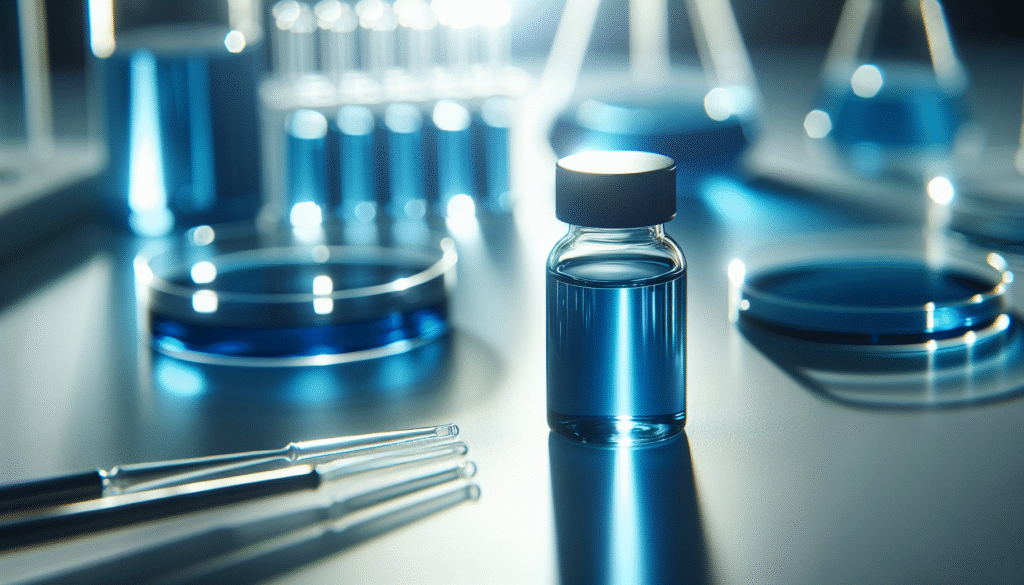
What if there exists a compound that could hold promise in combating antimicrobial resistance? In the realm of modern medicine, the growing challenge posed by antimicrobial resistance is alarming. The increasing ineffectiveness of traditional antibiotics has led to a resurgence of interest in alternative treatments, one of which is Methylene Blue.
Understanding Antimicrobial Resistance
Antimicrobial resistance (AMR) refers to the ability of microorganisms, like bacteria, viruses, fungi, and parasites, to resist the effects of medications that once successfully treated them. This phenomenon complicates the control of infectious diseases and poses significant challenges to public health systems worldwide.
The Rise of Antimicrobial Resistance
Over the years, the overuse and misuse of antibiotics in human medicine and agriculture have accelerated the development of resistance. When antibiotics are taken unnecessarily or not completed as directed, some bacteria can survive and adapt, rendering these antibiotics ineffective. The World Health Organization (WHO) has classified AMR as one of the top ten global public health threats facing humanity.
The Burden of AMR
The impact of AMR is profound. It leads to prolonged hospital stays, higher medical costs, and increased mortality. According to the Centers for Disease Control and Prevention (CDC), at least 2.8 million people in the United States contract an antibiotic-resistant infection each year, resulting in more than 35,000 deaths.
Introduction to Methylene Blue
Methylene Blue, a synthetic dye, has a long and storied history that dates back to its initial application as a textile dye in the late 19th century. Soon after, its properties were recognized in various medical applications, thus prompting further exploration into its potential as an antimicrobial agent.
Historical Context of Methylene Blue
Initially used as a treatment for malaria, Methylene Blue has shown various biological properties over the years, including antimicrobial, antimalarial, and even neuroprotective effects. Its mechanism of action is multifaceted, which makes it an intriguing candidate in the fight against AMR.
Chemical Composition
Methylene Blue is chemically known as thionin and has the molecular formula C16H18ClN3S. It is a basic dye that exhibits blue color in aqueous solutions. Its ability to penetrate biological membranes and interact with cellular components contributes to its versatility in medical applications.

Mechanisms of Action
Understanding how Methylene Blue functions is crucial to appreciating its potential role in addressing AMR. This compound exhibits numerous mechanisms of action that can disrupt microbial pathogens.
Oxidative Stress Induction
Methylene Blue has been reported to generate reactive oxygen species (ROS) when exposed to light. These ROS can damage bacterial cells, leading to cell death. The oxidative stress induced by Methylene Blue hampers the bacteria’s ability to propagate.
Interference with Cellular Metabolism
Additionally, Methylene Blue interferes with mitochondrial functions, impacting ATP production. Bacteria require energy for survival, so disrupting this process can inhibit their growth and replication.
Intercalation with DNA
Another critical mechanism involves the ability of Methylene Blue to intercalate with DNA. By binding to bacterial DNA, it can inhibit replication and transcription processes, effectively halting bacterial proliferation.
Potential Applications in Medicine
The therapeutic applications of Methylene Blue extend far beyond its historical uses. Given the escalating threat of AMR, its potential as a modern antimicrobial agent warrants deeper investigation.
As an Antimicrobial Agent
Recent studies have demonstrated that Methylene Blue possesses antimicrobial properties against a range of pathogens, including bacteria and fungi. For instance, research has indicated its efficacy against multidrug-resistant strains like MRSA (Methicillin-resistant Staphylococcus aureus).
Combination Therapy
Methylene Blue is also being explored in combination with standard antibiotics. This approach harnesses its microbiological mechanisms to enhance the effectiveness of existing antibiotics. Combination therapy could effectively overcome resistance pathways by attacking the bacteria from multiple angles.
Photodynamic Therapy
Another innovative application involves the utilization of Methylene Blue in photodynamic therapy (PDT). In this approach, Methylene Blue is activated by specific wavelengths of light, producing ROS that can selectively target and kill microbial cells without harming surrounding healthy tissue. This method positions Methylene Blue as a potential game-changer in localized infections.

Current Research Landscape
A growing body of research investigates the versatility and effectiveness of Methylene Blue. These studies aim to validate its usage across various clinical settings and determine its scope in combating AMR.
Clinical Trials
Numerous clinical trials are underway to assess the safety and efficacy of Methylene Blue for various infectious diseases. These trials are crucial in providing a scientific framework for the integration of this compound into modern therapeutic practices.
In Vitro Studies
Laboratory studies have demonstrated promising results, with Methylene Blue showing significant antimicrobial activity against resistant strains. These in vitro studies are foundational in generating interest within the scientific community and confirming Methylene Blue’s potential.
Observational Studies
Observational studies in clinical settings are equally important. Monitoring outcomes in patients treated with Methylene Blue can provide valuable insights into its application, tolerability, and clinical outcomes.
Challenges and Considerations
Despite promising research, there are challenges associated with the broader adoption of Methylene Blue in clinical practice.
Safety Profile
While Methylene Blue has been historically utilized, safety assessments in modern contexts are essential. Potential side effects, including serotonin syndrome, methemoglobinemia, and interactions with certain medications, require careful consideration. Each patient’s clinical profile should be evaluated to ensure safety.
Regulatory Approvals
Obtaining regulatory approval is another critical factor. Methylene Blue’s eclectic use and classification necessitate thorough evaluation by health authorities. The process may be lengthy, yet it is vital for establishing clinical protocols.
Public Perception
Public perception of Methylene Blue may also pose a challenge. As more is discovered about its benefits, educating both healthcare providers and patients will be essential for its acceptance.
Future Perspectives
The future of Methylene Blue in combating AMR appears promising, yet contingent upon continued research and exploration.
Expanding Applications
Beyond its traditional roles, the potential for Methylene Blue to branch into new therapeutic avenues is exciting. Research into its use in veterinary medicine, veterinary pathogens, and agricultural settings can further underline its versatility.
Addressing Global Health Challenges
Combating AMR is a global issue, and Methylene Blue, if effectively integrated into treatment protocols, might serve as a crucial tool in this fight. Initiatives aimed at global collaboration in research could bolster the efforts in addressing AMR-related health crises.
Education and Training
Future healthcare practitioners must be educated about adjunct therapies, including Methylene Blue. Incorporating this compound into medical education will empower new generations of healthcare providers in their approach to AMR.
Conclusion
The increasing threat of antimicrobial resistance necessitates innovative solutions, and Methylene Blue presents itself as a viable candidate. With its multifaceted mechanisms of action and potential applications in combination therapies and photodynamic therapy, Methylene Blue could revolutionize the treatment of infectious diseases. However, rigorous research and careful implementation will be pivotal in determining its role in modern medicine.
In the journey to effectively combat AMR, Methylene Blue serves as a reminder of the importance of revisiting existing compounds and reevaluating their potential. The integration of Methylene Blue into clinical practice requires dedication to safety, research, and education. Only through a concerted effort can we hope to mitigate the severity of antimicrobial resistance and enhance patient outcomes in an era where bacteria increasingly defy conventional treatments.
Engaging in ongoing research, supporting clinical trials, and fostering public awareness are crucial steps toward making Methylene Blue a foundational element in the arsenal against AMR. The time to act is now, and the potential of Methylene Blue beckons us to pursue new horizons in antimicrobial therapies.